|
It's Climate Week! Climate change has been in the news with folks young and old taking to public spaces around the globe to "strike" a chord with those in power to implement necessary climate-related policies, the United Nations General Assembly meeting in New York earlier in the week, and various organizations spreading the word on steps to take NOW including the American Society of Landscape Architects (ASLA) and so many more. But what does it all mean to us, in the Boston area? To find out more about work being done to prepare for climate change in our own backyard, see this interesting case study developed by the ASLA. Stoss Landscape Urbanism
0 Comments
The goal of the constructed wetland of the Alewife Reservation in Cambridge, MA, completed in 2013, is to clean storm water before it enters Boston Harbor. For more information see City of Cambridge Public Works, The Friends of Alewife Reservation Brochure and The Friends of Alewife Reservation Website.
Many teachers consider outdoor education important because it provides students a chance to take what they’ve learned in books and compare that to what they see in the world around them. In Boston, the Boston School Yard Initiative has been instrumental with bringing outdoor classrooms to schools across the City since 1995! In my town, most of the schools have been able to incorporate Science Gardens on the school grounds. This spring, the third grade classes study the history of colonial times culminating in a full-day event called Colonial Day. One activity the students enjoy as part of Colonial Day is to learn about the importance of the home garden during colonial times; an introduction of plants used for medicine, for the home and for food was shared.
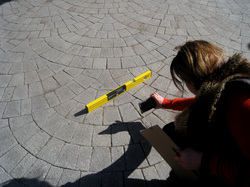 Starting in January 2013, I began teaching grading courses to undergraduate and graduate students at the Boston Architectural College in Boston. The courses I taught, “Grading I: Landforms, Earthwork and Grading” and “Grading II: Principles of Hydrology and Stormwater Management” presented students with both technical and aesthetic considerations of moving earth and making landscapes. An important part of the teaching was taking students outside the classroom so they could see real-life applications of issues discussed in class. In November 2011 I attended the Build Boston Conference. I participated in a number of continuing education workshops but the most informative was one entitled Designing Outdoor Play and Learning Environments. The session highlighted a program called the Boston Schoolyards Initiative. The City of Boston works in partnership with the Boston Schoolyards Funders
Collaborative to turn asphalt-dominated schoolyards into rich environments that serve the entire school community including the students, teachers and staff as well as the surrounding neighborhood. And what a program! The program has been in existence for over fifteen years and has touched dozens of schoolyards. The website (see link below) is a wealth of information, a tremendous resource for those interested in outdoor learning environments. Take a moment to check it out. http://www.buildboston.com/ResPlus/BuildBoston/?SHID=38743217.49534607 |
Archives
September 2023
CateInspiration comes from the world around us; color, texture, pattern- all components of the ever changing landscape. The camera captures these moments for further reflection. This blog will feature monthly musings centered on the landscape. Categories
All
|
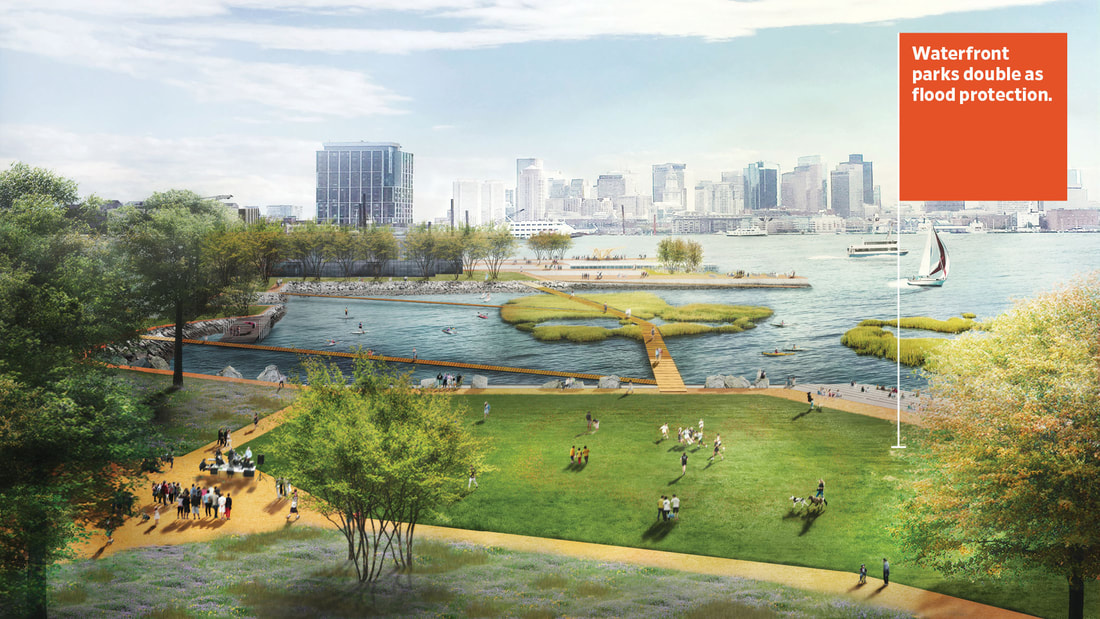
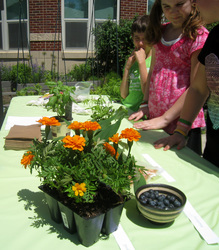
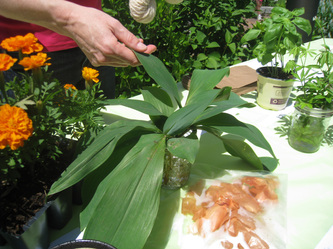
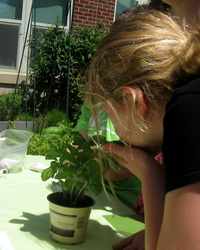
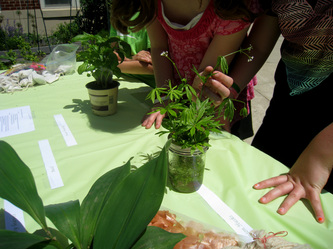
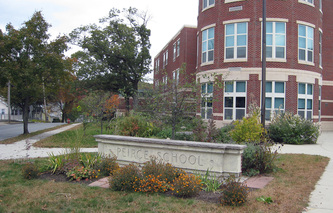
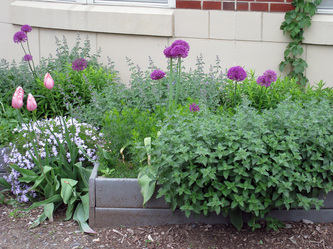
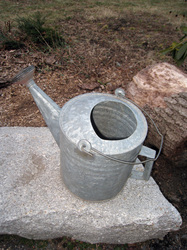
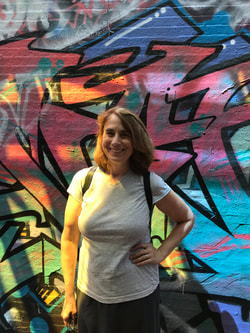
 RSS Feed
RSS Feed